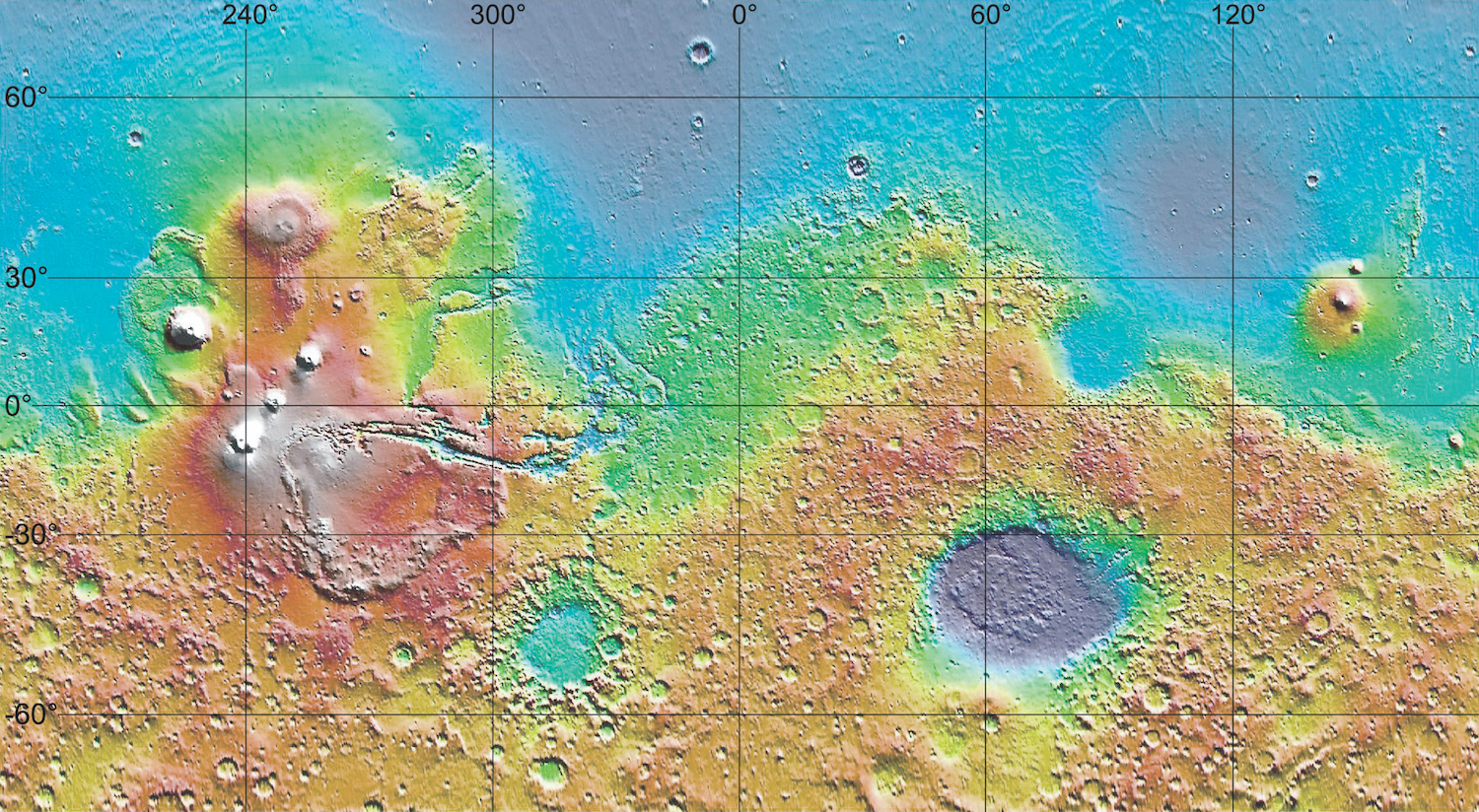There’s a new hypothesis on the block related to the possibility of life on Mars. Research conducted by Dr. Sean McMahon, of the Yale Geology and Geophysics department, in collaboration with Dr. John Parnell and Dr. Nigel Blamey, looks into Earth’s subsurface hydrogen levels and how these indicate potential microbial activity on Mars.
Hydrogen serves as an energy source for certain types of organisms. Subsurface hydrogen gas is created on Earth due to the grinding of rocks along ancient earthquake fault lines. McMahon’s experiment sought to determine whether these gas levels were enough to have spurred microbial life. Using crush-fast-scan, a technique that involves crushing rocks to expel the gas contained with them and measuring the released gas composition, the researchers concluded that the hydrogen contained in these rocks was sufficient to fuel anaerobic life on Earth. Many types of rocks, including the basalt found on Mars, can likewise create hydrogen, leading researchers to determine that quake activity on Mars could fuel microbial life. In 2018, NASA’s InSight mission will collect data concerning seismological activity on Mars. This data will allow the researchers to re-evaluate the “Marsquake” models they used in their conclusions and determine whether their models fit Mars’s actual surface.

McMahon’s results are an exciting find. They shed light on another possibility of life on Mars, which would have important consequences on how we approach the idea of human activity on the Red Planet, as well as our understanding of how life came to be in the universe.
